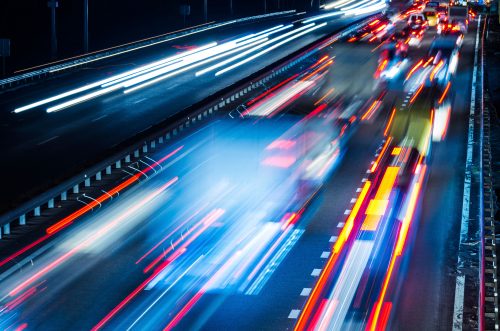
Transportation
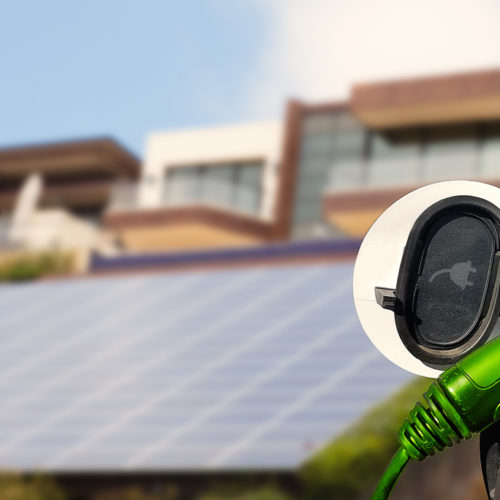
Empowering Utilities to Participate in the Clean-Energy Transition – Part 3
This is the third blog in a three-part series. The first blog, Renewable Heating in Juneau, Alaska, is available here. The second blog, Aligning Energy Demand with Renewable Energy Production in Oregon, is available here. One of the central challenges in transitioning to a more distributed and decarbonized…
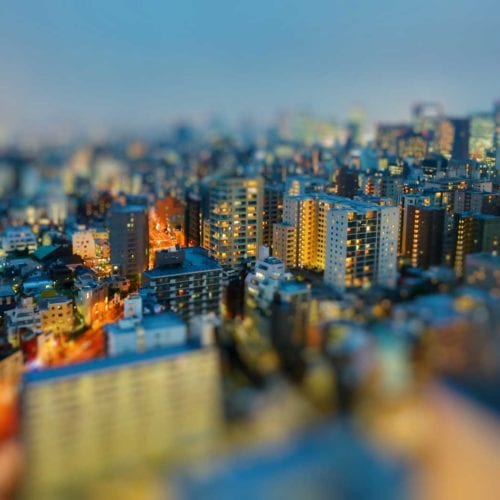
Report Release: Cities Designed to Shape and Enable New Mobility
Urban areas that are designed to shape and enable new mobility—by rethinking streets, parking, and more—can lower emissions, enhance health, and improve equity. Experimentation is key to best realize the potential of new mobility while avoiding negative and unintended consequences. Rocky Mountain Institute’s (RMI’s) recent report, Cities Designed to…
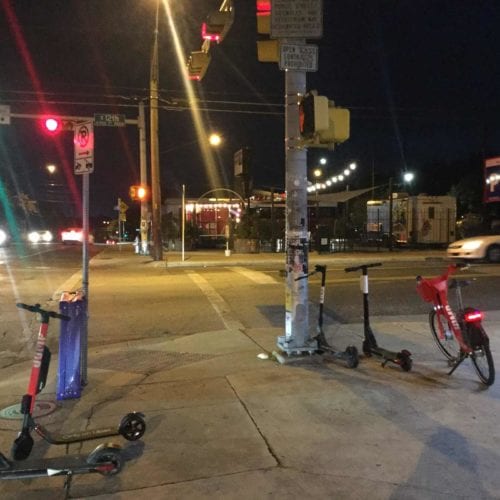
Reimagining the Urban Form: Austin’s Community Mobility Hub
With the arrival of the automobile, our cities began a century-long process of transformation through design practices that prioritize the use of personal vehicles. Cities widened once-walkable and vibrant streets into traffic arterials; they displaced entire neighborhoods to make way for highways; and they replaced countless acres of natural ecologies…
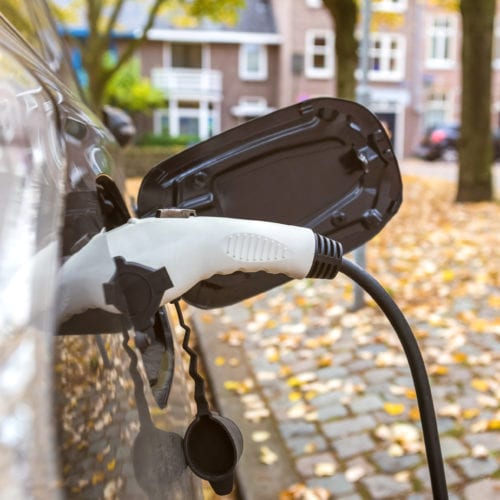
Under the Hood of the Leading Transportation Projects in the Midwest: A Snapshot of RMI and M-TEC’s First Mobility Accelerator
The wheels of electric transportation in the United States are spinning at a rapid clip. Battery electric and hybrid electric vehicle (EV) sales jumped 28 percent from 2017 to 2018. Model availability and range are increasing, enabling more Americans to make the switch to electric. This momentum…
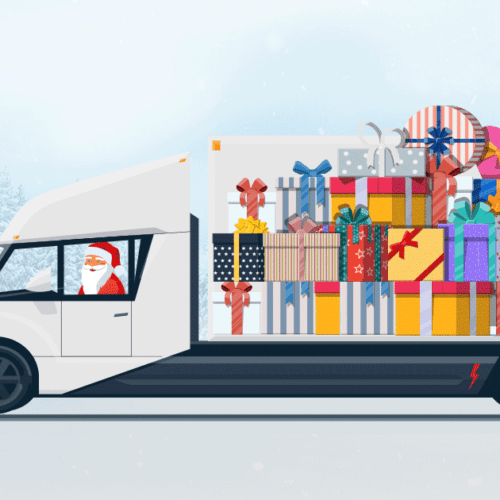
Reducing Santa’s Carbon Footprint with Medium-Duty Electric Trucks
With 2011’s first-ever heavy-duty truck fuel economy standards, 2012’s new 54.5 mpg fuel economy standard for cars and light trucks by 2025, and no shortage of discussion surrounding hybrids and EVs, mpg and MPGe have been much ballyhooed of late.